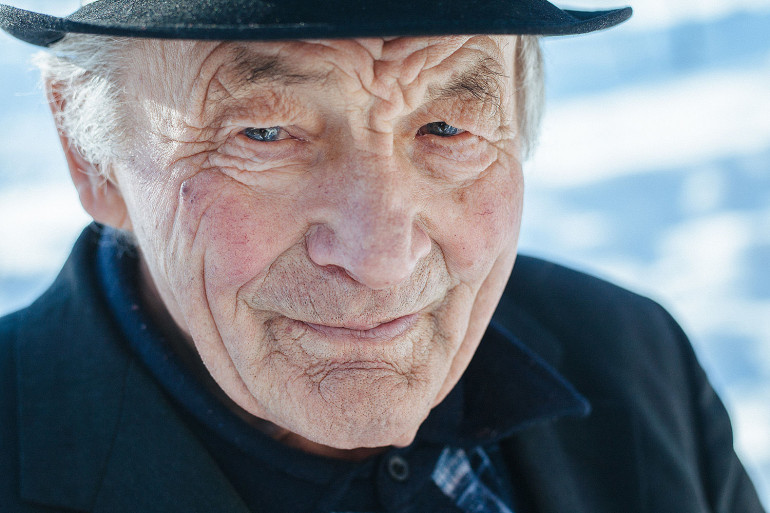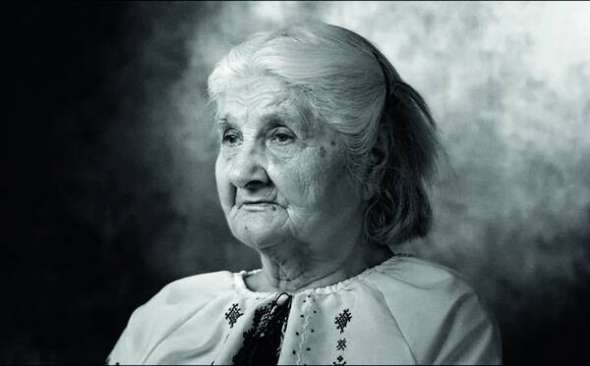For the first time in Ukraine's history, the country has awarded full rehabilitation to a wrongly-incarcerated victim of the communist regime. Ivan Myron, 90, lives in the Zakarpattia Oblast. He became a victim of the regime, as a result of his patriotic insurgencies during the 1950s.
"I couldn't give the oath to the power who committed so many evil actions towards my family and the whole Ukraine," Myron said.During that period, Myron was associating with activists of the Organization of Ukrainian Nationalists (OUN) and the Ukrainian Partisan Army (UPA) who were opposing Soviet incursions. However, in spring 1951, the People's Commissariat for Internal Affairs (NKVD) arrested him, together with 17 other insurgents. During searches of his house, the secret police found a small Ukrainian nationalist blue-and-yellow flag, as well as forbidden texts of the poet Taras Shevchenko, historian Mykhailo Hrushevsky, political activist Volodymyr Vynnychenko, and other patriots. Myron was sentenced to the maximum sentence of 25 years of severe punishment in Norilsk, Russia. There, he took part in the well-known Ozerlag uprising in the notorious Irkutsk Oblast prison camp. In the 1960s, he was transferred to equally brutish prison camps in Mordovia.


According to the Institute, Myron is one of a handful of Ukrainians who suffered such an extended period for the state to recognize the legitimacy of their fight for a free Ukraine. The majority of his fellow insurgents, whose cases were just recently considered by the commission, have only received the rehabilitation posthumously.
Read also:
- Ukrainians rose up against the Soviet GULAG at Kengir
- They broke the Gulag: How Ukrainians overcame the Soviet repressive machine
- From Stus to Sentsov: Ukraine’s Soviet-era political prisoners of the Kremlin
- The Tragic 1972 Vertep in Lviv (photos)
- Hundreds of UPA documents found in Ivano-Frankivsk Oblast
- History of OUN-UPA: the Bandera controversy that eclipsed 200,000 people who fought for the independence of Ukraine
- Soviet-era punishment resurfaces in Crimea: the political abuse of psychiatry
- Ukrainian human rights group that helped bring down Soviet Union turns 40
- Russia’s imperial crackdown on the memory of indigenous victims of deportations
- Mass graves of UPA & OUN partisans discovered in Ternopil Oblast
- Ukrainian dissident Krasivsky: Russia is our historical enemy. Only by fighting back we can survive
- Remains of executed victims found in Lviv’s Prison on Lontskoho Museum
- GULAG was not something far away in Siberia: it was all around, even in Moscow
- Moscow secretly destroyed GULAG victims records in 2014
- The Kremlin and the GULAG: Deliberate amnesia
- Remembering Soviet atrocities: Solovki and Sandarmokh
- Ukrainians discover stories of repressed relatives in newly opened KGB archives





